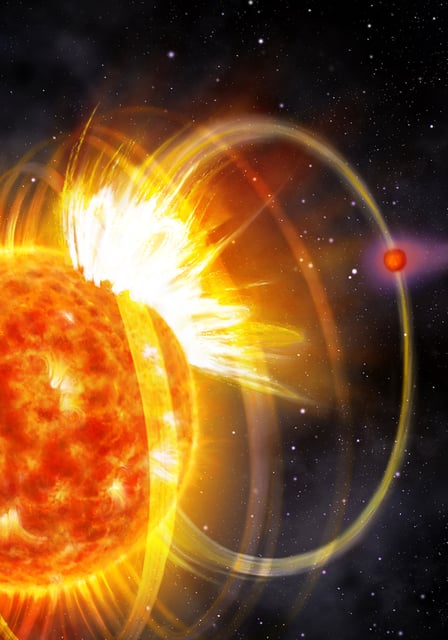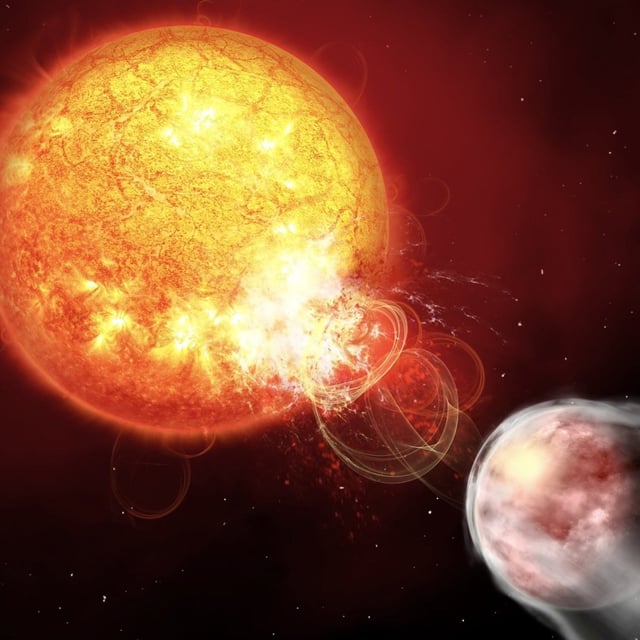Overview
- HIP 67522 b orbits within 12 stellar radii of its young host star, perturbing magnetic loops to induce flares every one to two Earth days.
- The observed flares unleash radiation thousands of times more energetic than solar flares produced by our Sun.
- High-energy bursts accelerate atmospheric loss on the low-density gas giant, which models predict will shrink from Jupiter-size to Neptune-size in about 100 million years.
- Synchronized observations from NASA’s TESS and ESA’s CHEOPS satellites provided the first direct proof of planet-driven stellar flares.
- Next steps include comparative monitoring of HIP 67522’s outer planet and surveys of other young, active stars to develop a magnetic-interaction–based planet-detection method.

